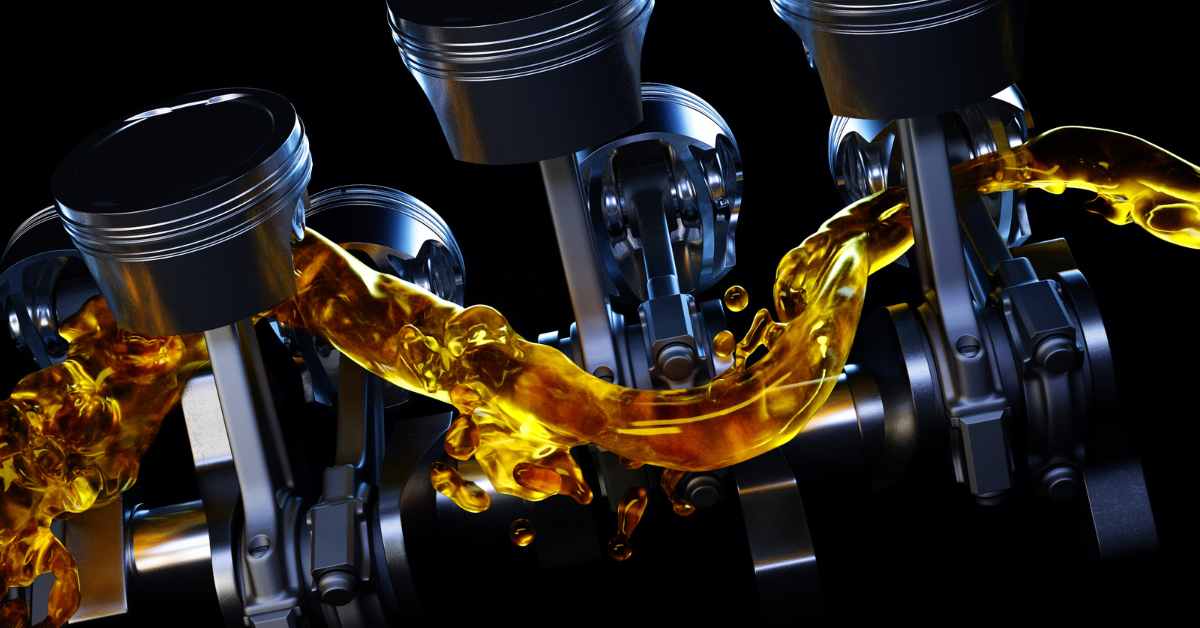As a car owner, you want your vehicle to run smoothly. You also want to extend the life of your car while avoiding costly repairs. Of course, you do. After all, no one enjoys the surprise of a large mechanic’s bill.
Keeping a smooth-running motor is essential to the life span and execution of your vehicle. A very much kept-up motor gives constancy yet additionally increments mileage and reduces toxins. With cautious support and consideration, you might broaden your motor’s existence while avoiding exorbitant fixes. The following are five critical methods to keep up with your motor working without a hitch.
1. Regular Oil Changes
Regular oil changes are a vital component of engine upkeep. Motor oil greases moving parts, limits contact, and assists with scattering heat. Over time, oil debases and loses effectiveness, expanding motor mileage. Follow the manufacturer’s suggested oil change intervals and utilize top-notch oil that satisfies the models recorded in your proprietor’s handbook.
2. Check fluid levels
Besides oil, additional liquids like coolant, transmission fluid, brake fluid, and power steering are fundamental for keeping your motor working without a hitch. Look at the liquid levels consistently and add more on a case-by-case basis. Low liquid levels can cause overheating, part wear, and motor harm.
3. Maintain the Cooling System
The cooling framework is essential to holding your motor back from overheating. Make sure that your radiator, hoses, and coolant levels are in phenomenal shape. Flush and supplant coolant consistently, as suggested by the producer. Also, check the cooling fan and indoor regulator to affirm they are working appropriately.
4. Replace air filters
Clean air is expected for appropriate ignition in your motor. Messy air channels block wind current, bringing about lower execution and efficiency. Replace air channels consistently, generally every 12,000 to 15,000 miles or as suggested by the maker. A spotless air channel upgrades motor effectiveness and builds essential motor parts’ life expectancy.
5. Monitor engine belts and hoses
Analyze the motor belts and hoses for indications of wear, breaks, or fraying. These parts are significant to the activity of a few motor embellishments, including the alternator, water siphon, and power guiding siphon. Supplant old or split belts and hoses immediately to keep away from startling disappointments.
6. Keep the fuel system clean
Stores can develop in the fuel framework, including the injectors, choke bodies, and admission valves. These stores can block fuel supply and ignition effectiveness, bringing about lower execution and higher outflows. Use gasoline substances consistently to clean the fuel framework, and consider employing an expert to clean it, depending on the situation.
7. Drive wisely
Your driving propensities could possibly influence the state of your motor. Keep away from forceful driving, over-the-top standing by, and pointlessly weighty burdens since these can put excessive tension on the motor. Lessen motor mileage by driving at unobtrusive rates and speeding up slowly.
8. Perform regular maintenance
Follow the manufacturer’s suggested maintenance regimen, which is detailed in your owner’s handbook. This includes regular inspections, fluid changes, filter replacements, and other preventative maintenance duties. Periodic maintenance not only keeps your engine running smoothly but also helps discover possible problems before they become significant ones.
9. Keep the Engine Clean
A clean engine compartment not only looks nicer, but it also prevents dirt and debris from building up in key locations. Clean the engine bay regularly with a moderate degreaser and a soft brush or cloth. Avoid using high-pressure water because it can drive water into sensitive electrical components.
10. Listen for Unusual Noises
Take note of any strange noises emanating from your engine, such as banging, rattling, or screeching. These sounds may suggest underlying concerns that need to be addressed. Addressing issues as soon as possible will help avoid more damage and costly repairs in the future.
Conclusion
Dealing with your vehicle’s motor is essential for ensuring predictable execution and lifetime. By following these 10 motor upkeep ideas, you might appreciate inconvenience-free driving while at the same time avoiding the hardships that accompany startling disappointments and expensive fixes. Keep in mind that successive support and tender loving care are fundamental for keeping your motor in top shape for quite a long time into the future.






